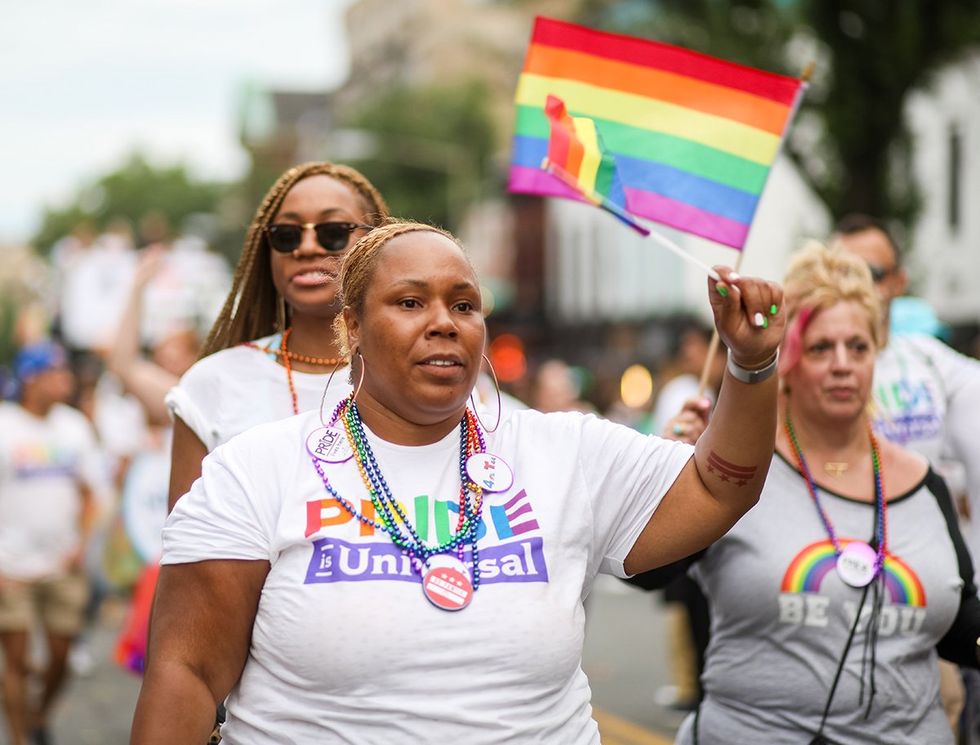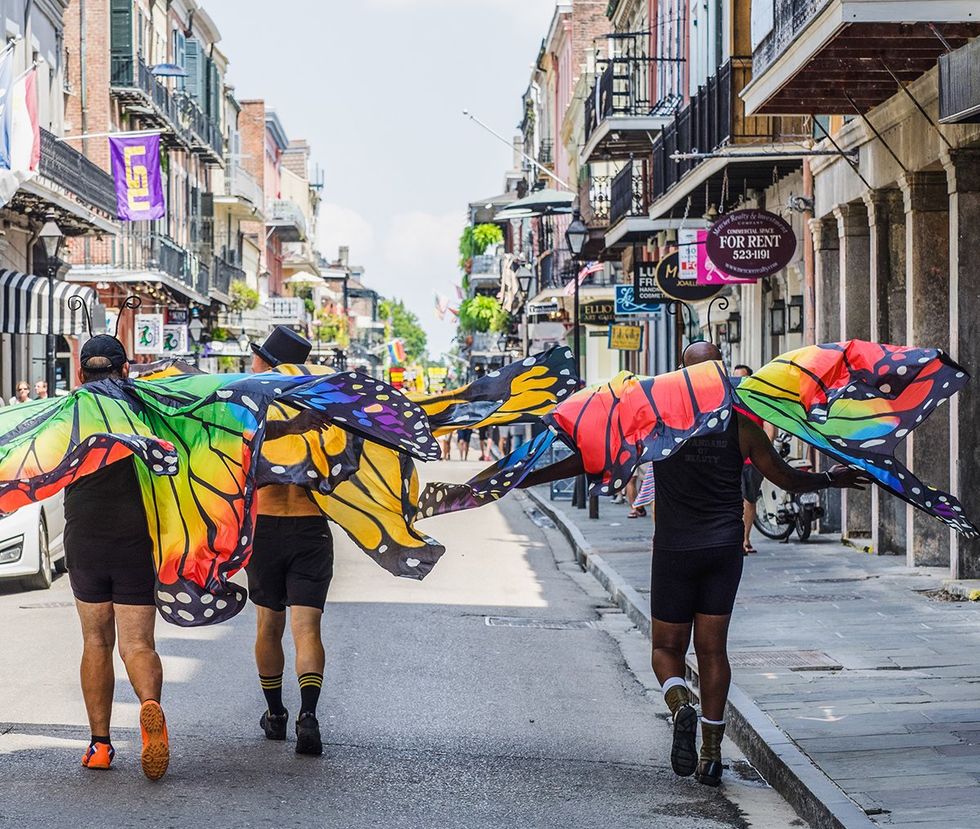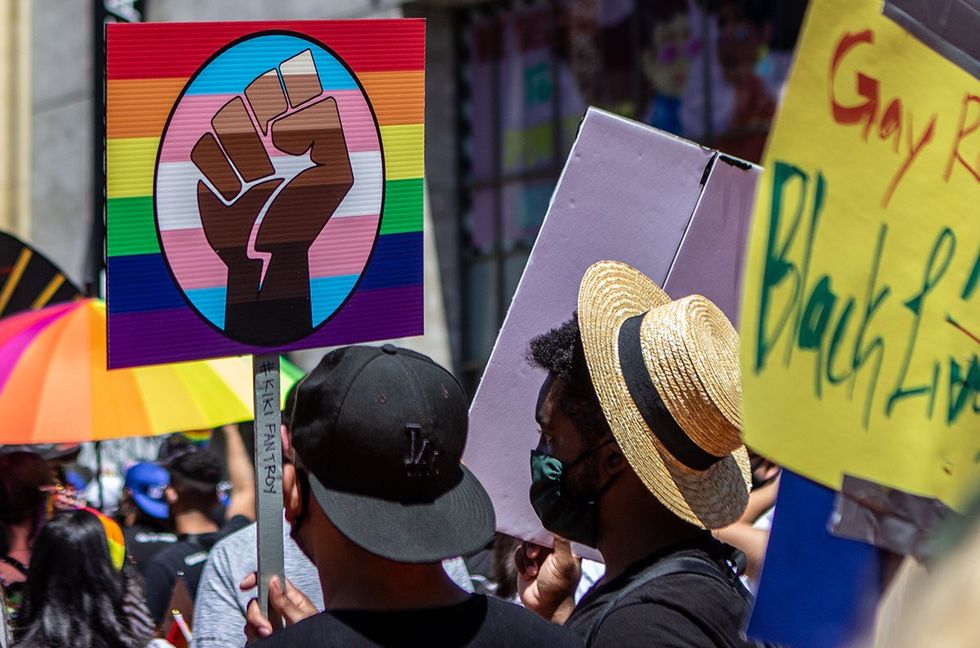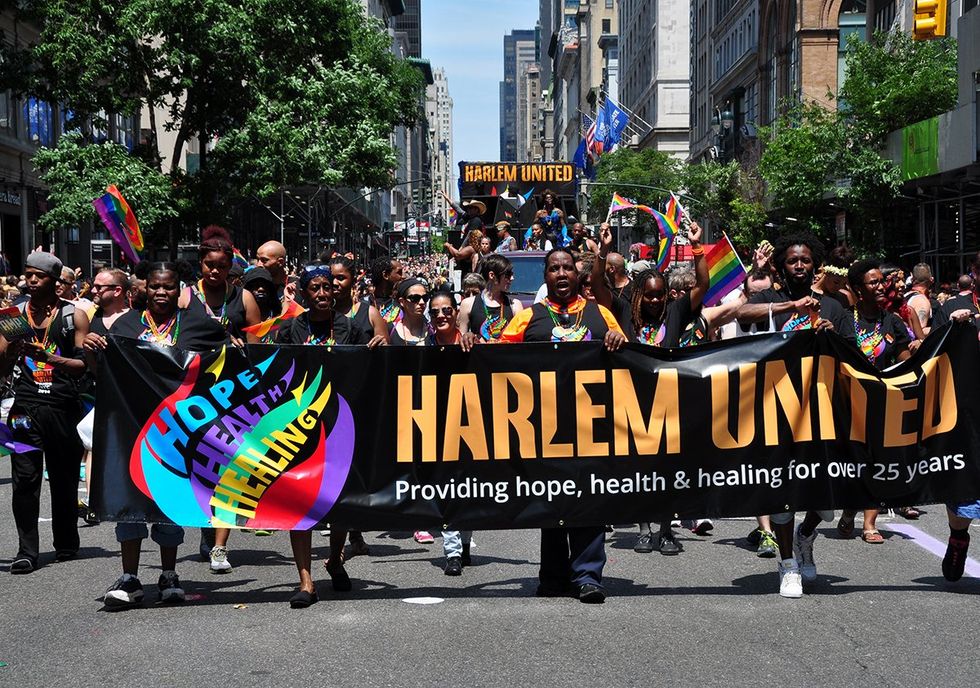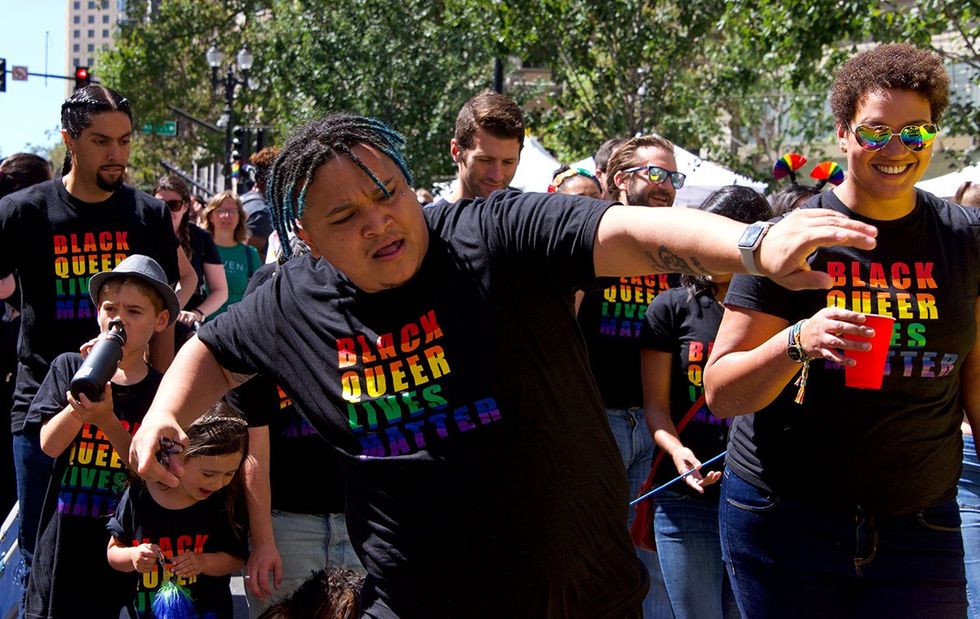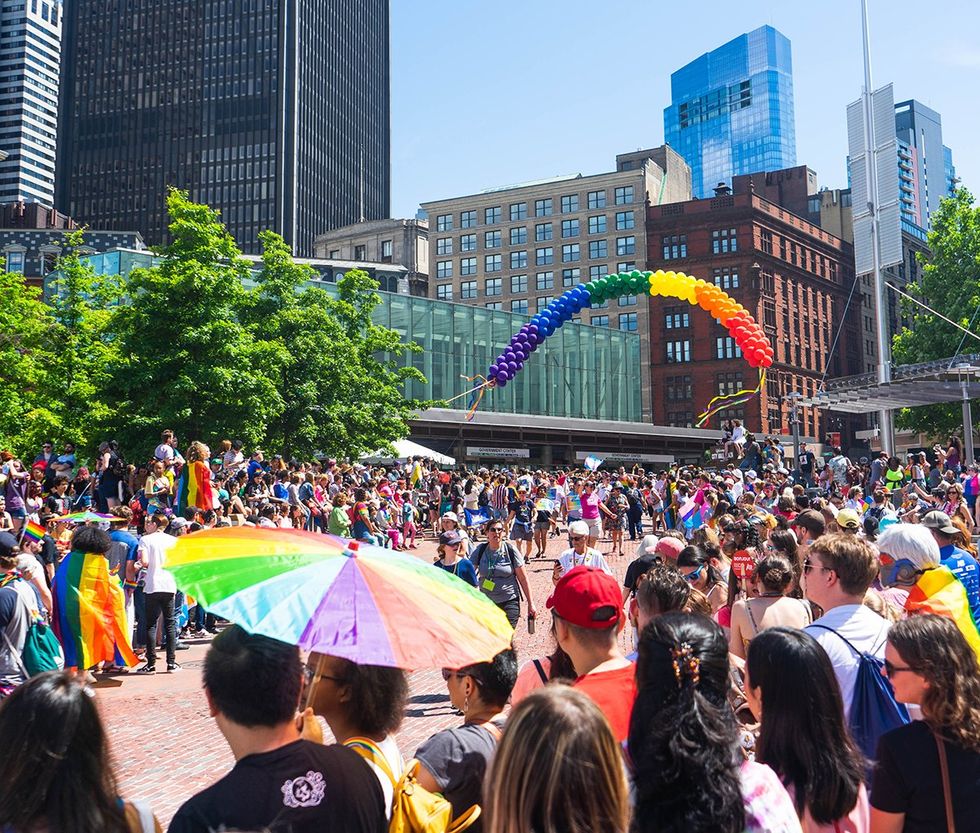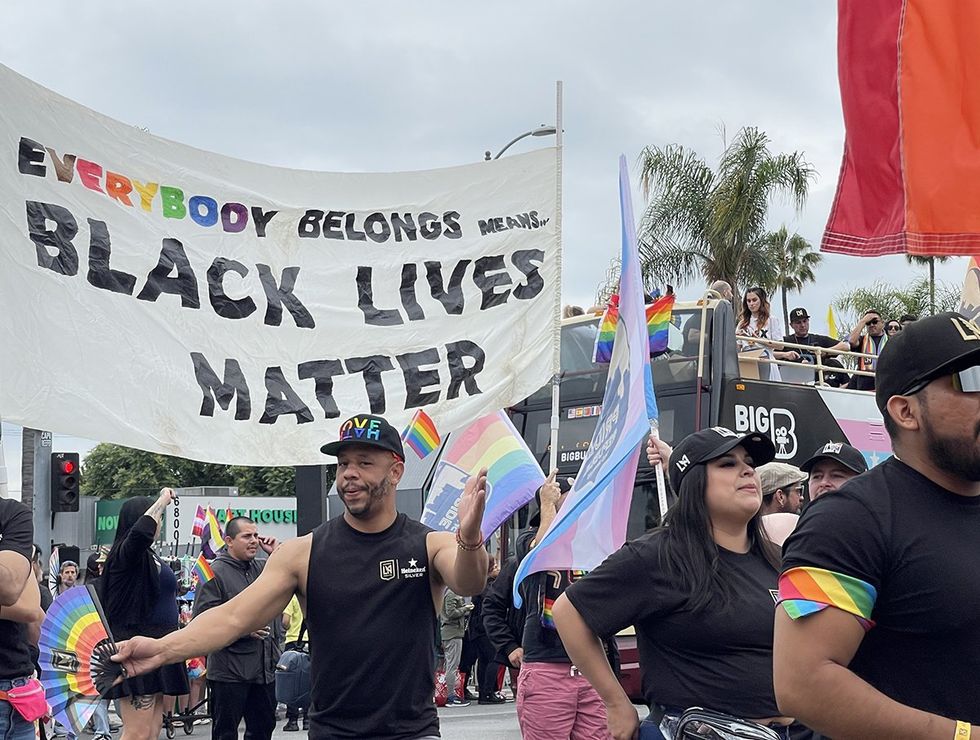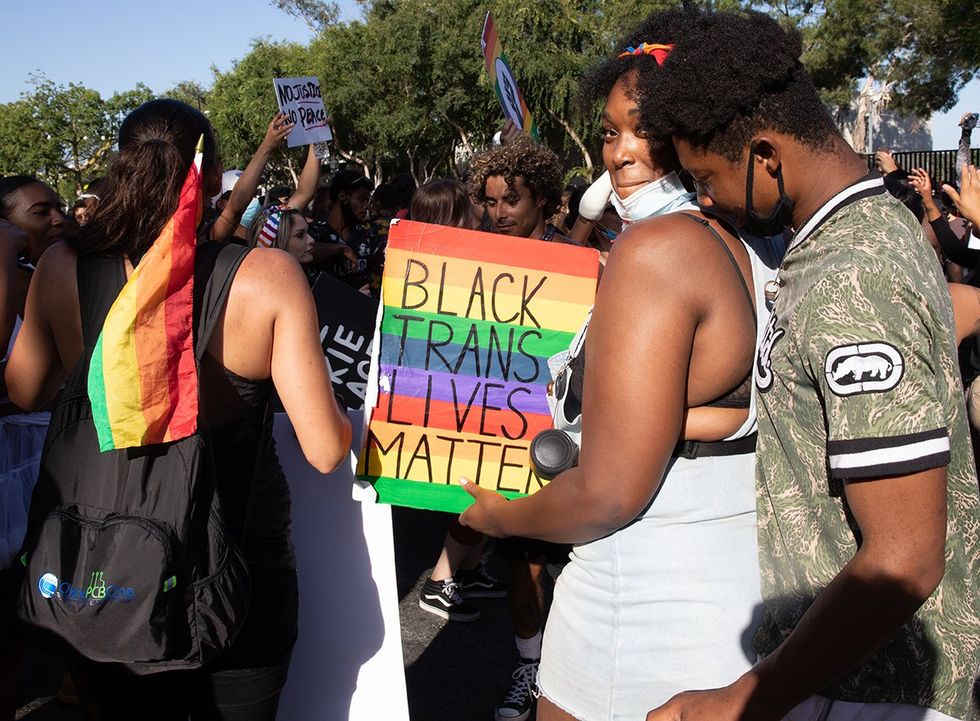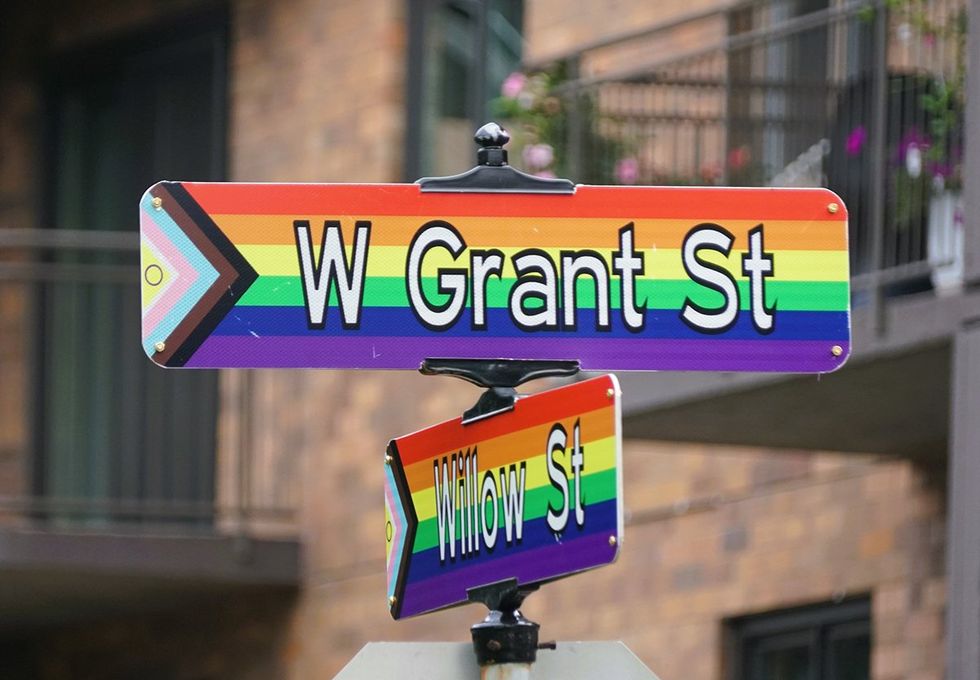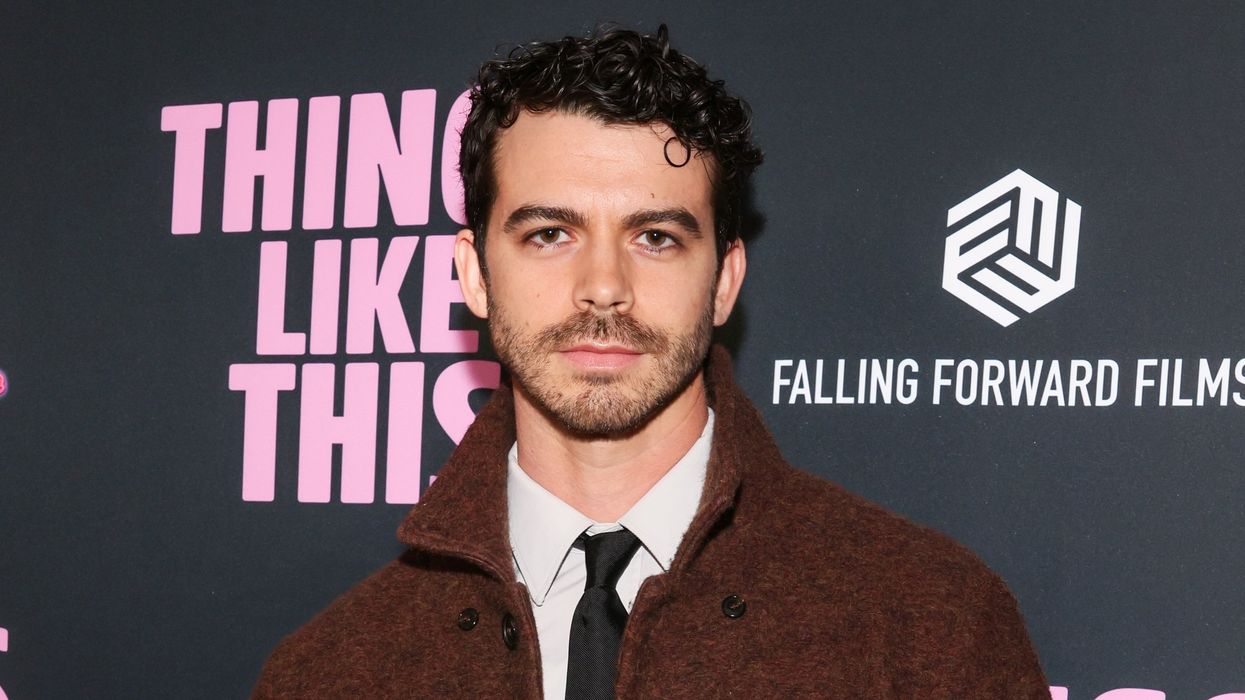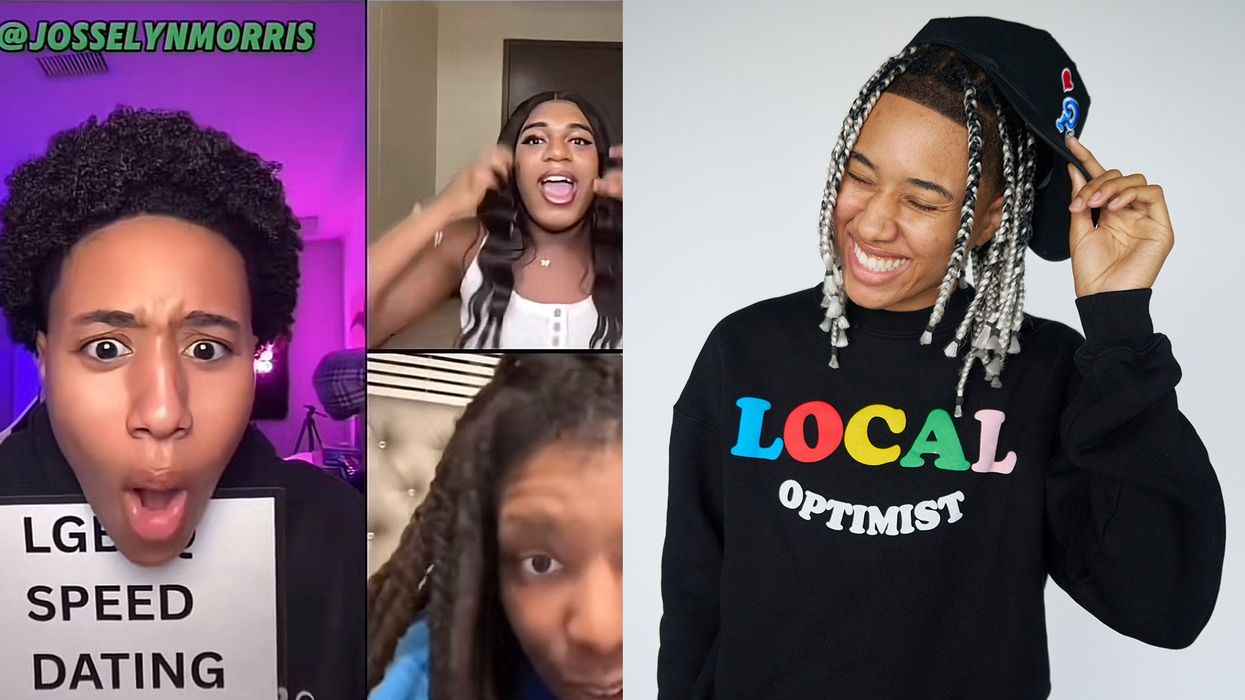When I’m not writing for Pride.com, I turn into my alter ego: Miss Cassie. For part of my day, I work as an instructor to elementary school students for an arts based after school program in Portland, OR. While it may be my job to teach children, they also (excuse the cliché) teach me. So far I’ve learned many creative ways to express distress without swearing (e.g. “Fishsticks!”), and how to be okay with the fact that most second graders in Portland have cooler haircuts than me. Some of the most important things the children I work with have taught me are about gender. Here are five lessons we could all stand to learn from elementary school students.
1) It’s fine to be a girl.
One boy was teasing another boy at recess for his long hair.
“You look like a girl!” said the shorthaired boy.
“I’m not a girl,” the longhaired boy protested.
“You’re a girl!” said the first boy.
“I’m not! I’m not!
I was about to interject when a girl standing at the top of the slide shouted, “There’s nothing wrong with being a girl!”
“I know,” said the longhaired boy. “It would be fine if I wanted to be a girl, but I don’t, so I’m not.”
“Fine,” said the shorthaired boy.
After having a brief conversation about gender that was more direct and constructive than most adult conversations, they resumed playing lava monster.
2) Transgender identity is so easy to understand that kindergarteners get it in two minutes.
I’ve worked with transgender educators at my current job. The conversation is usually as simple as introducing that educator as Mister [Name], and the kids catch on to pronouns automatically. A third grader once messed up one of our educator’s pronouns, noticed his mistake, quickly corrected himself by saying, “Sorry, his.” and moved on.
But sometimes they have a few more questions. For instance, a kindergartner once asked one of the educators, “Are you a boy or a girl?”
“I’m a boy,” he said.
“Really?”
“Yeah.”
“Okay,” said the kindergartener. Then she went back to her drawing.
3) If we left it to second graders, we’d have a lot more nonbinary representation.
A second grader in a comic book class was drawing her superhero—a tall, slim figure in a dark coat with a large question mark as a face. As someone who mostly draws stick figures, I was very impressed.
“Woah, that’s so cool,” I told her. “What’s his name? Or her name?”
“Mystery,” she said in a second grader’s idea of a mysterious voice. “But I don’t know. Mister Mystery or Miss Mystery. Maybe not either one. Just Mystery.”
Not only do elementary school students regularly upstage my artistic ability; they also often think about gender in a more interesting way.
4) Children should be allowed to explore gender expression.
Every few months I cut my hair very short because I’m cheap and want to avoid getting another haircut for as long as possible. So, when I show up to school with most of my hair buzzed off, nearly every student comments on it. (I’m convinced this is true of almost any physical change. The first time I wore makeup to school because I had plans later, three students told me my face looked weird, while several others asked, “Why? Why would you do that?” as if I’d personally betrayed them.)
After one haircut, a fourth grade student told me, “It looks kind of like boy hair.”
“Yeah,” I said. “That’s true. It kind of does.”
“Why did you cut it like that?”
I shrugged and said, “Because I like it this way.”
“Hm…” she said. “Yeah. It looks kind of like boy hair, but it’s not in a bad way.”
“Thanks,” I said.
“You’re welcome,” she said.
A couple of weeks later, the same student came in with a pixie cut. “Look,” she showed me, pointing to her head as if I’d missed it. “I cut my hair.”
“I see! I think it looks awesome. How do you feel about it?”
“I think it looks awesome too.”
“Short hair club!” I said, and held my hand up for a high five. She looked at me like I was less cool than the least cool mom in the entire world, and walked away. Still, it’s great that her mom was actually cool enough to let her choose her own haircut and try something new.
5) Girls and boys are almost the same.
A first grade girl came back from recess crying, and I asked her what was wrong.
“The boys wont leave me alone,” she told me. “They keep making fun of me.”
“I’m sorry. If there are any specific boys you want me to talk to, let me know. And just know that whatever they’re saying doesn’t matter, and isn’t true.”
“I don’t care about what they’re saying,” she said. “It’s just so annoying.”
“Yeah,” I said. “It sounds really annoying.”
“And it’s dumb,” she told me. “Because boys and girls are almost the same. Boys just get away with more stuff.”
“Yes,” I said. “Unfortunately that is often true.”
As we came up with a plan to talk to the boys that were mocking her, I thought about the fact that I was probably talking to the future Jenny Holzer.






























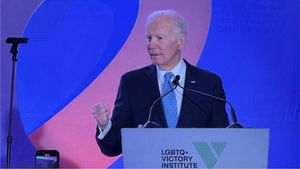



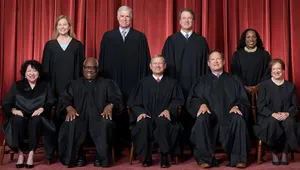











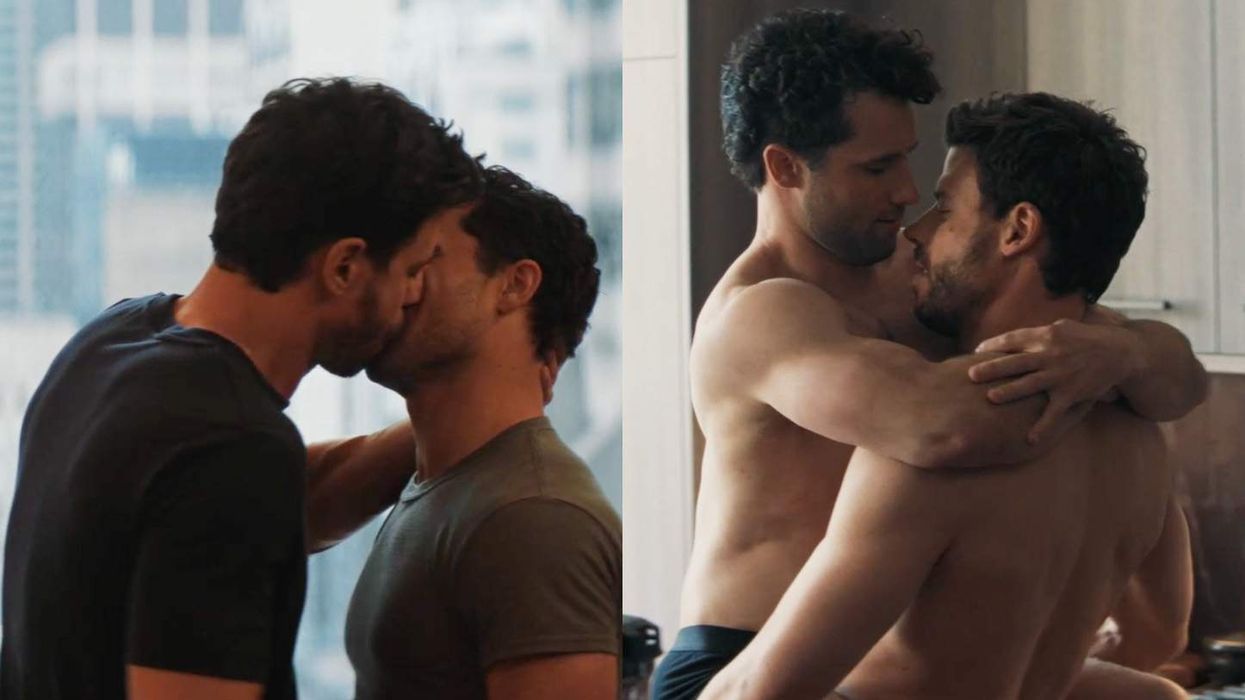
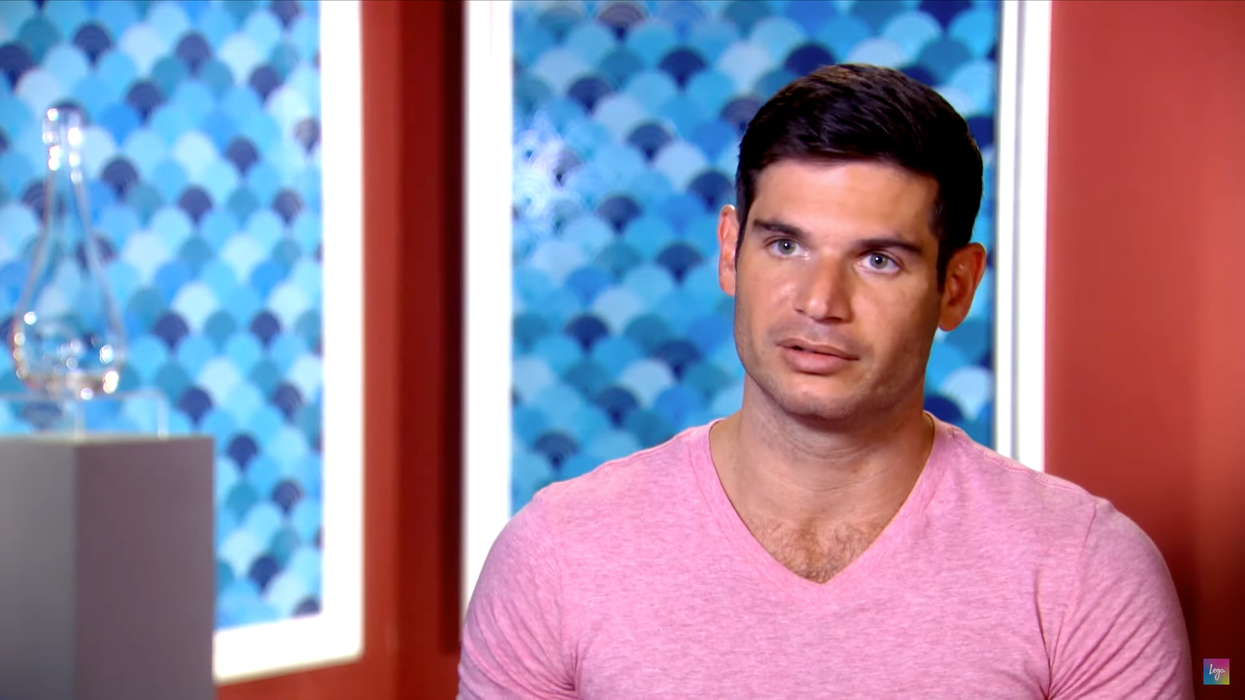

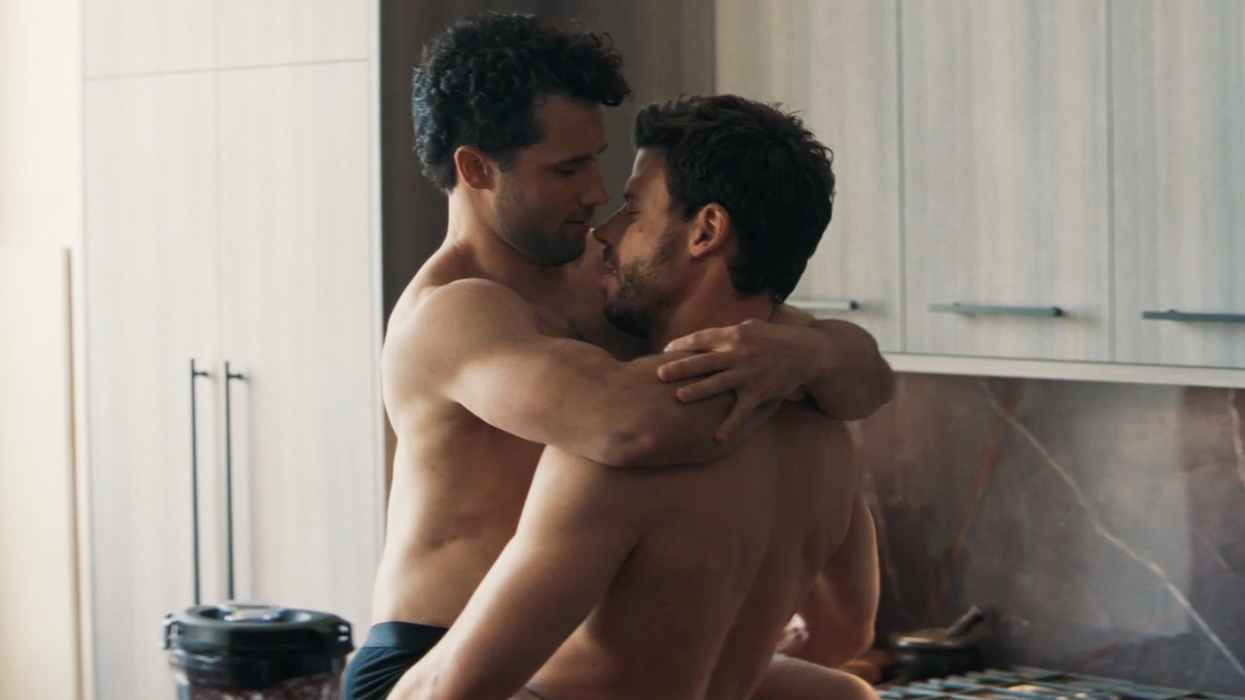
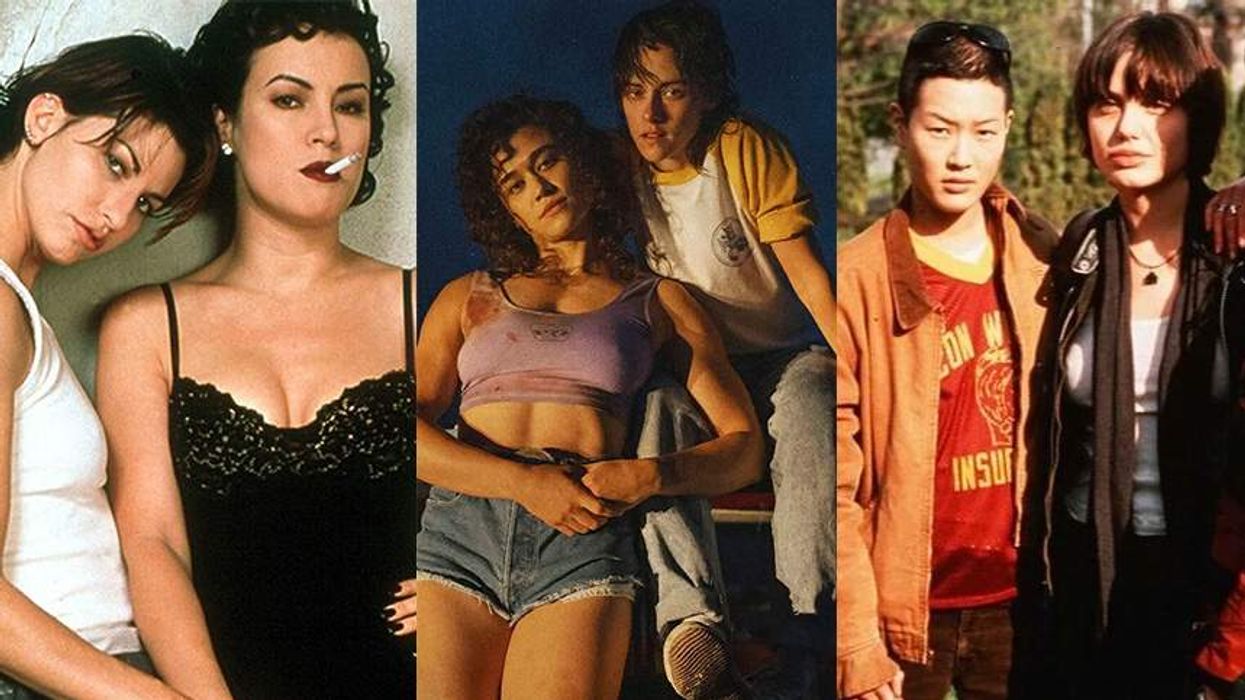
 Sapphic outlaw moviesNew Line Cinema; A24; Samuel Goldwyn Company
Sapphic outlaw moviesNew Line Cinema; A24; Samuel Goldwyn Company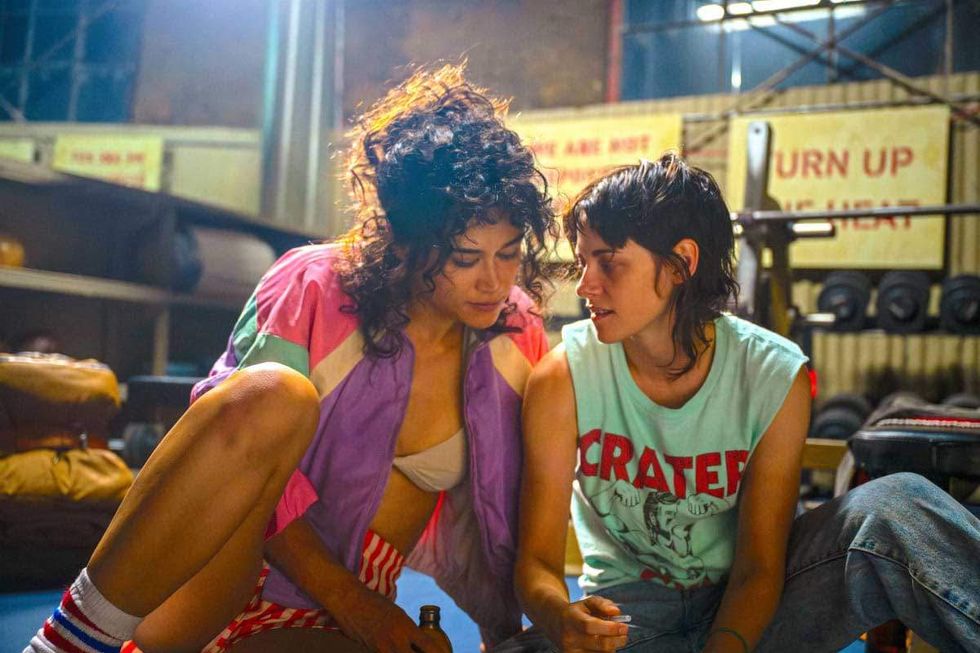
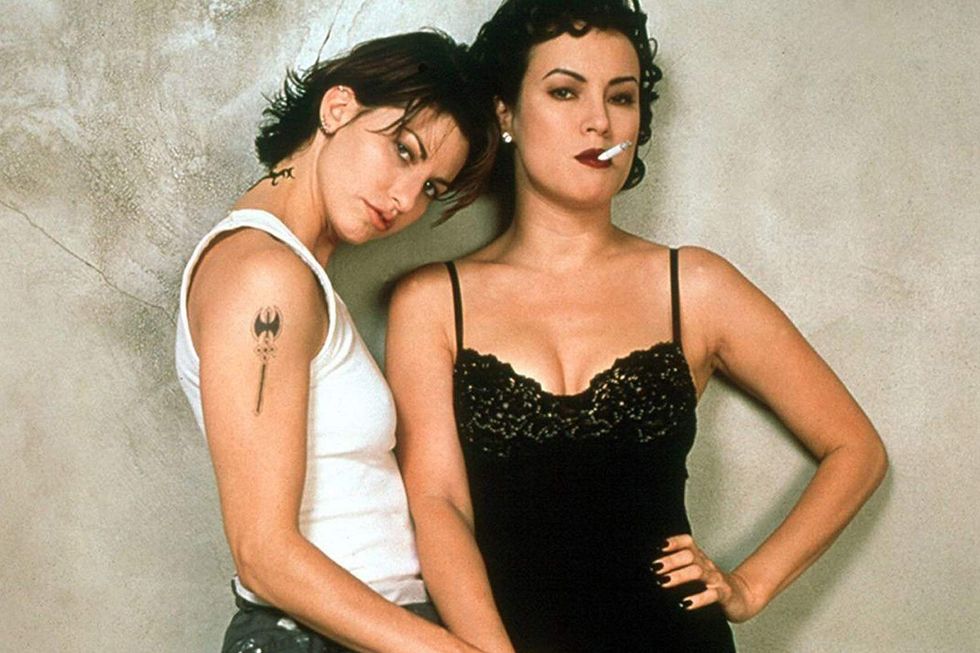

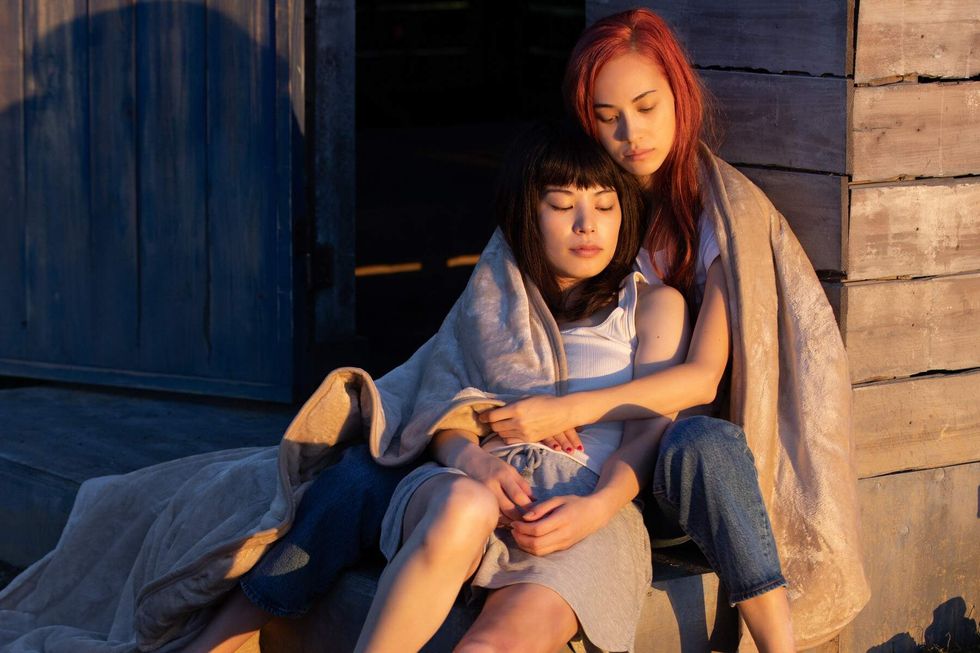
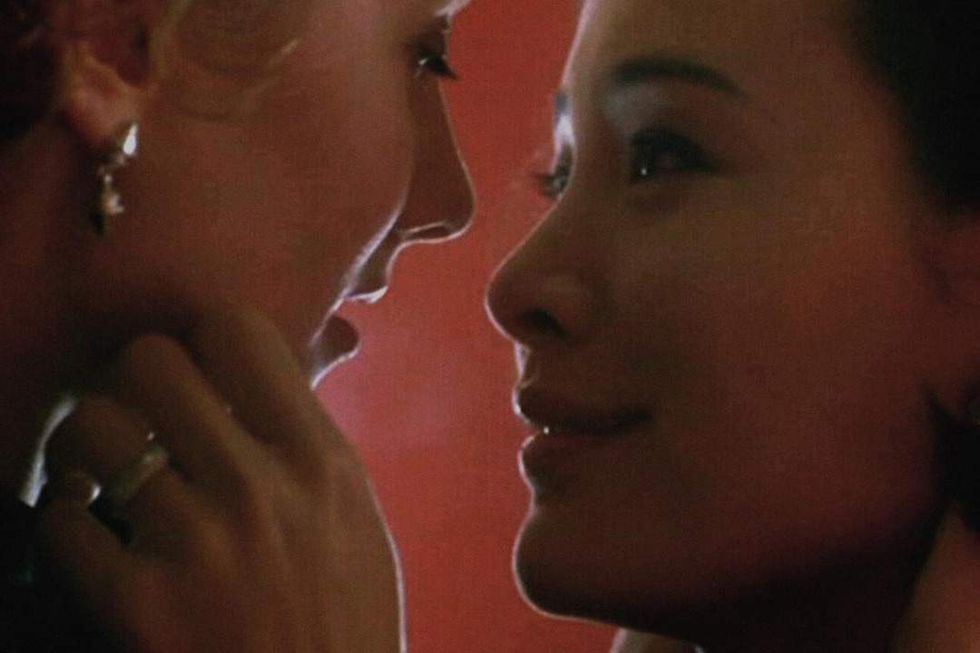
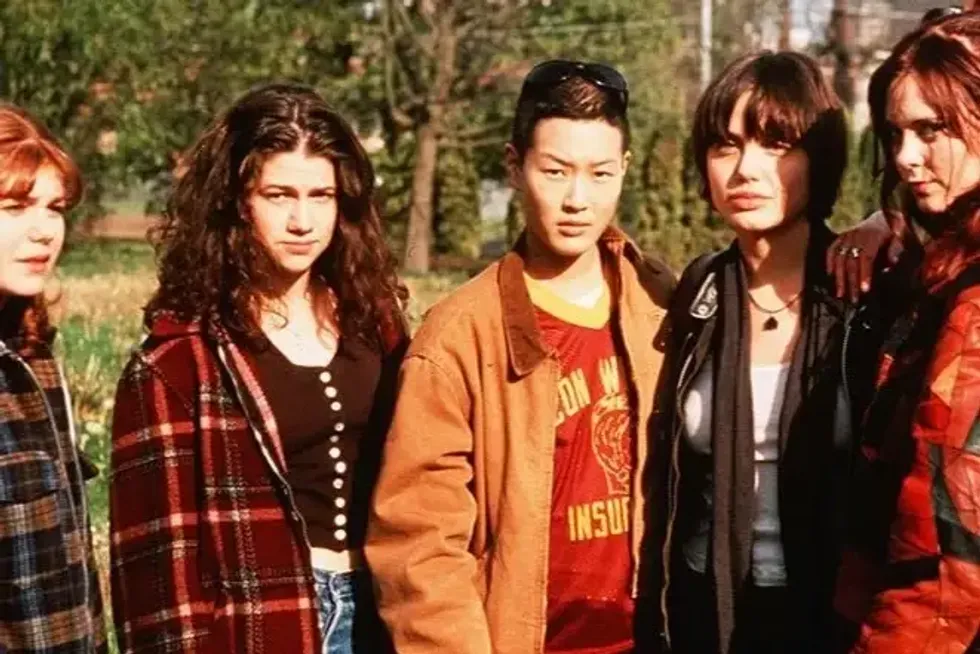

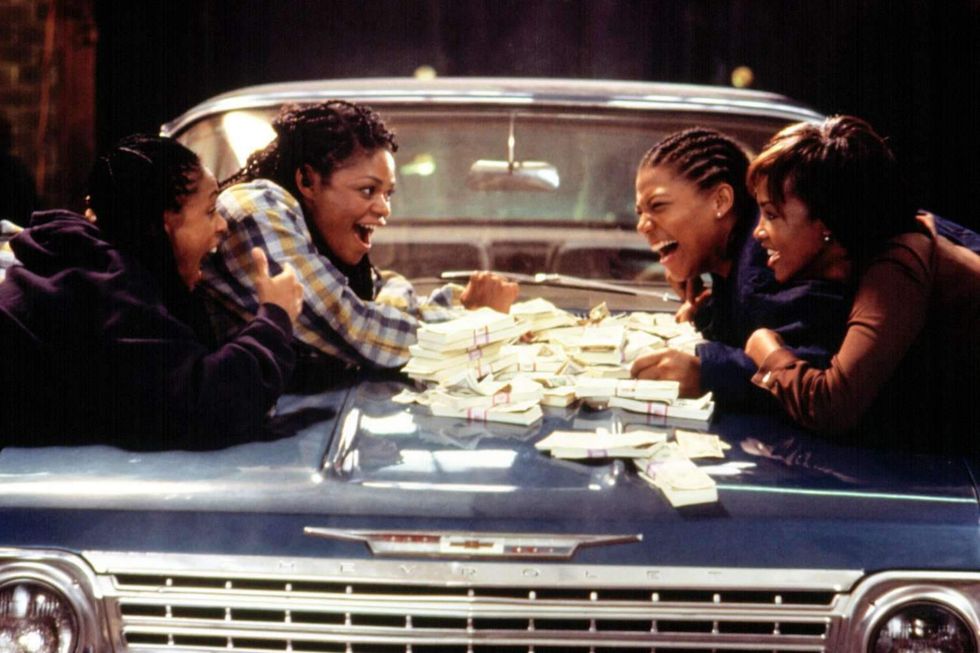
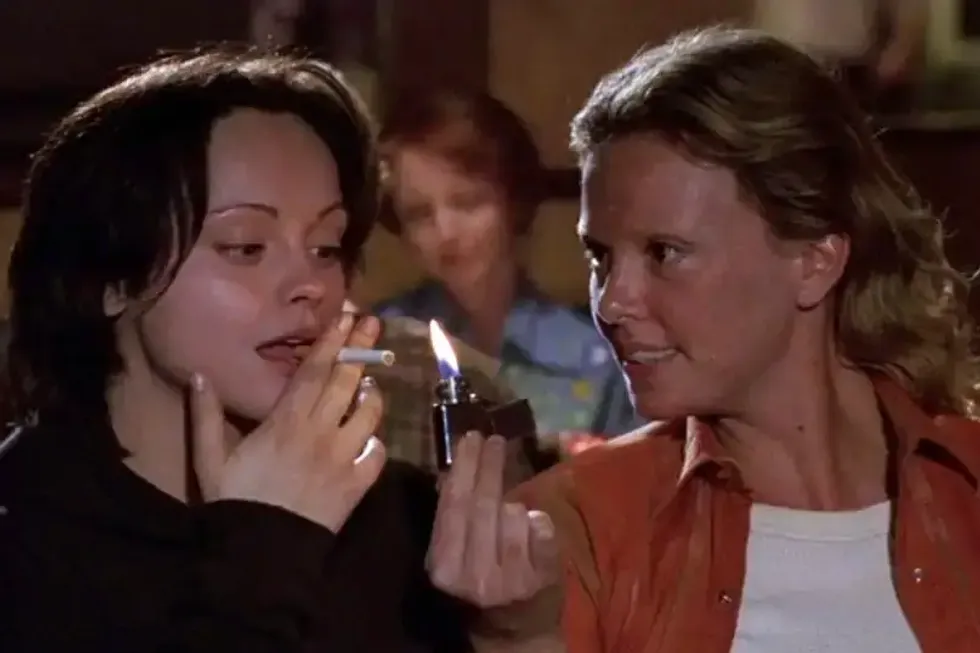
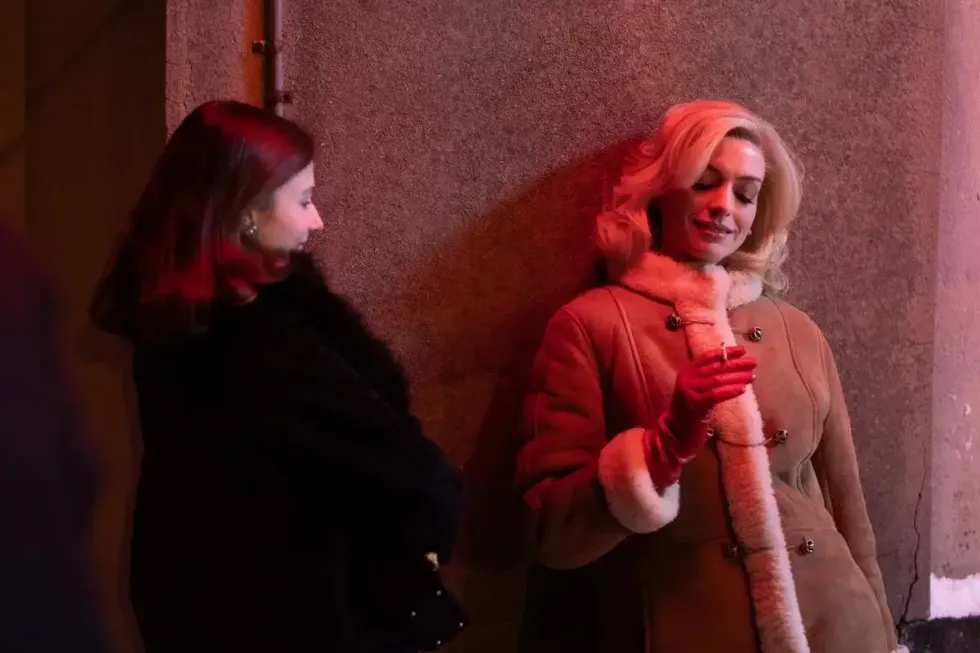
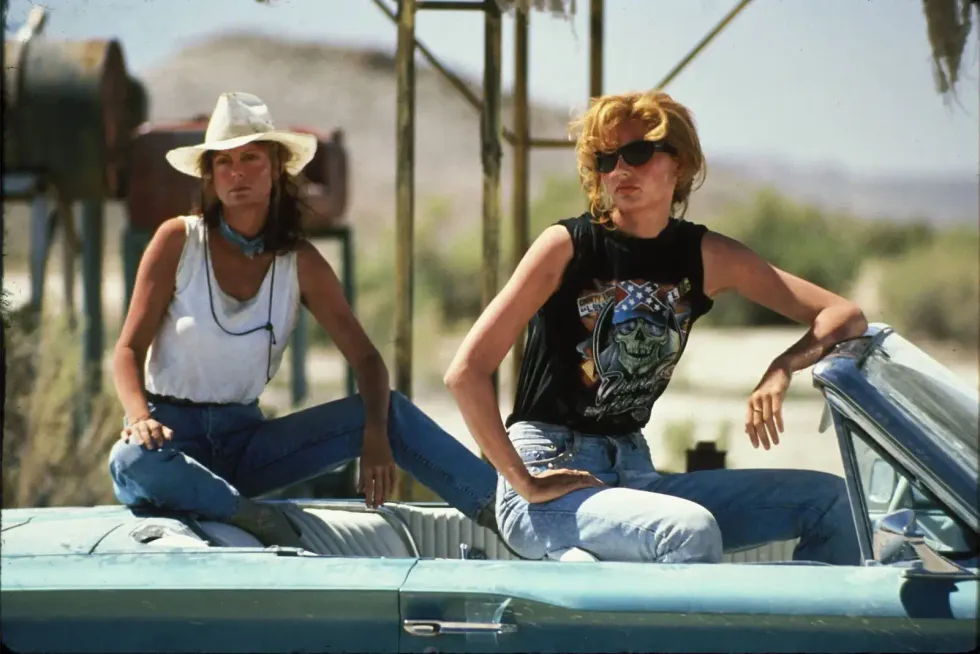
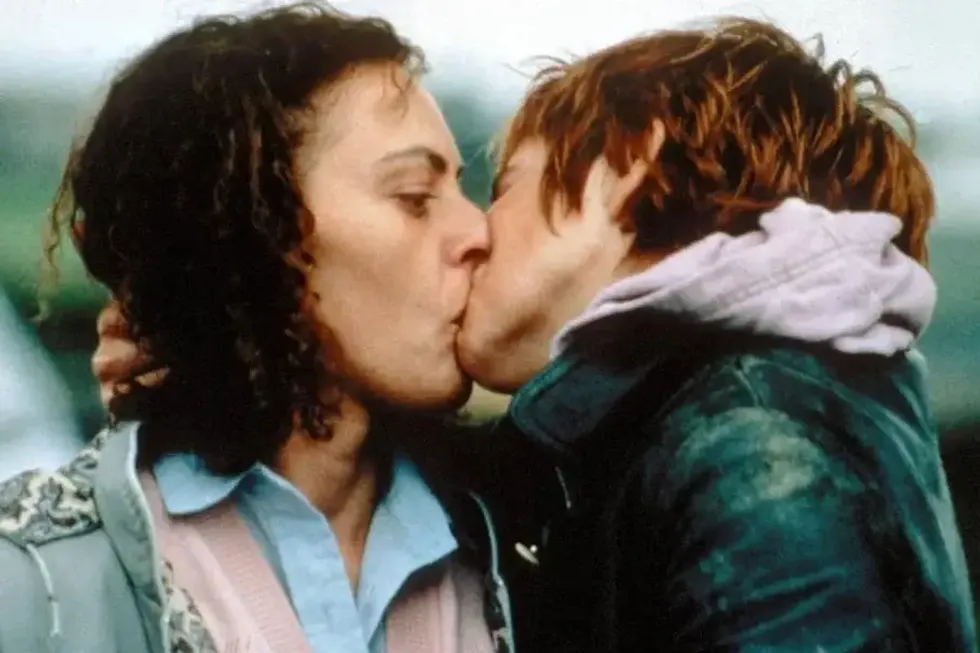



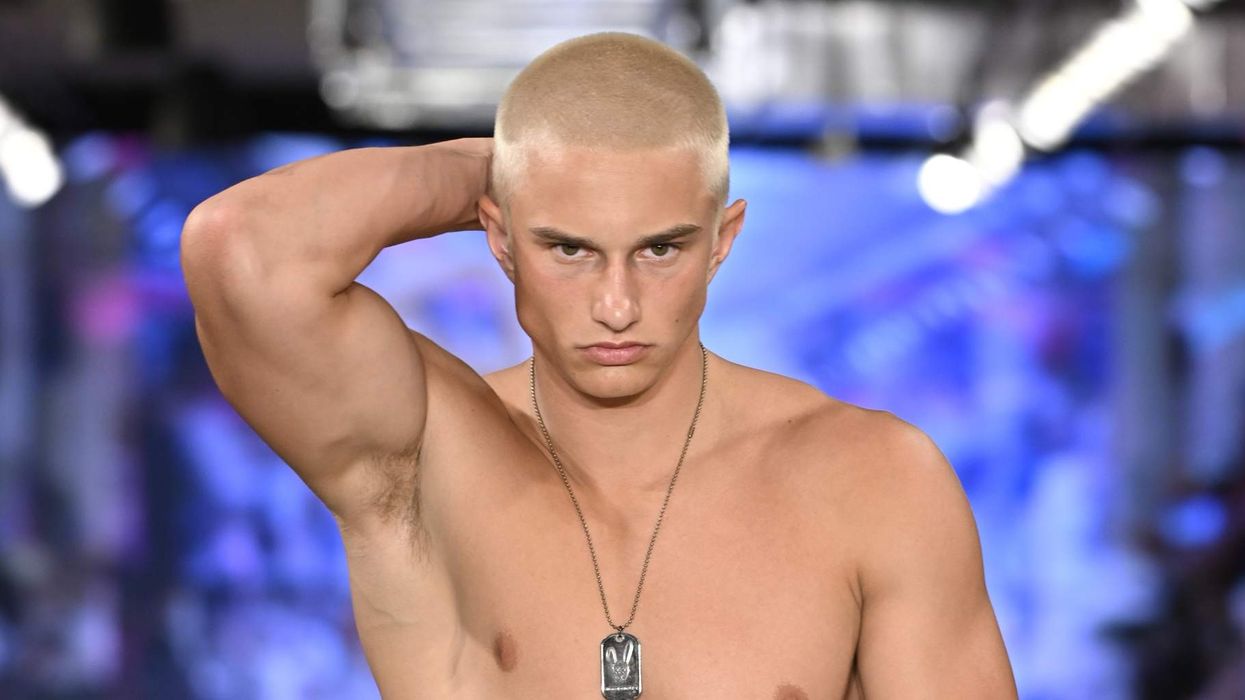

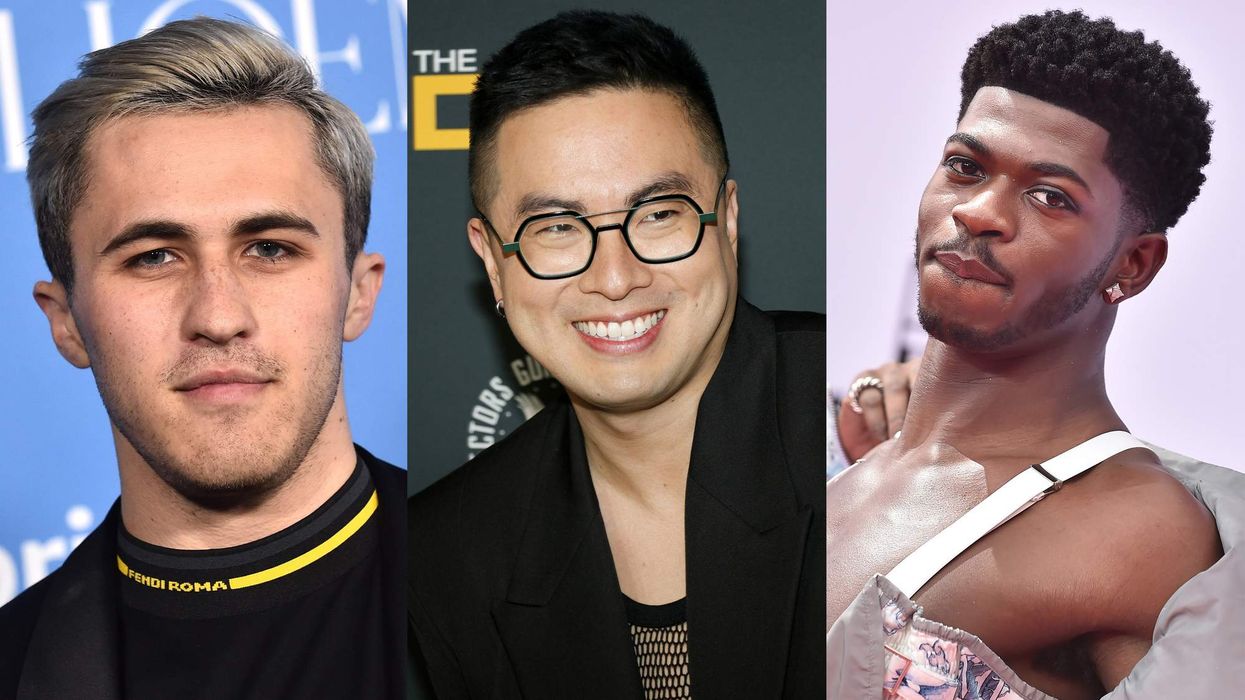

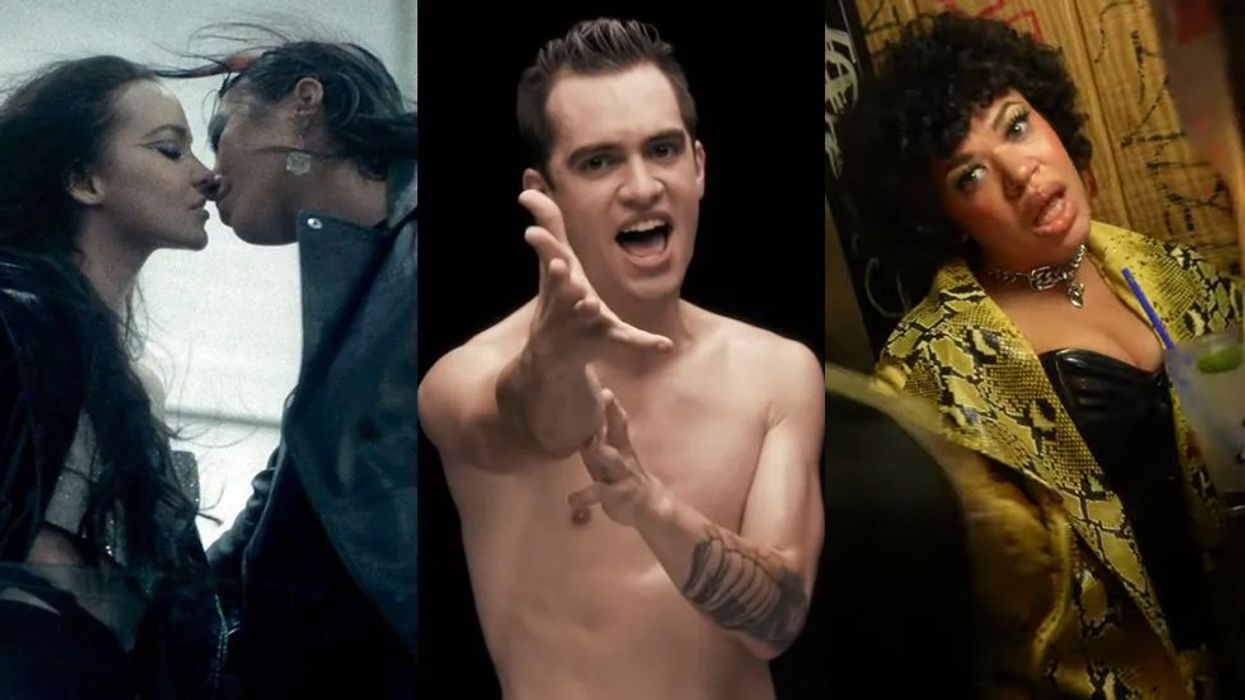
 35 bisexual pop anthems we have on constant repeatYouTube.com/Binoy
35 bisexual pop anthems we have on constant repeatYouTube.com/Binoy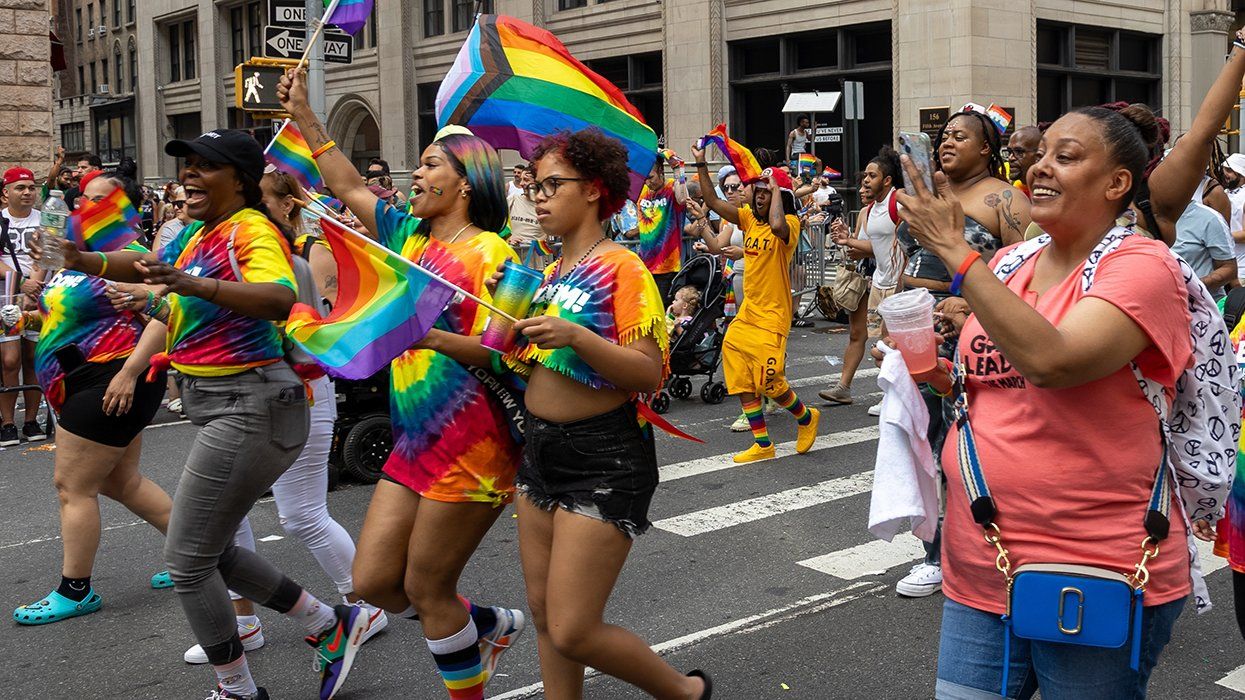
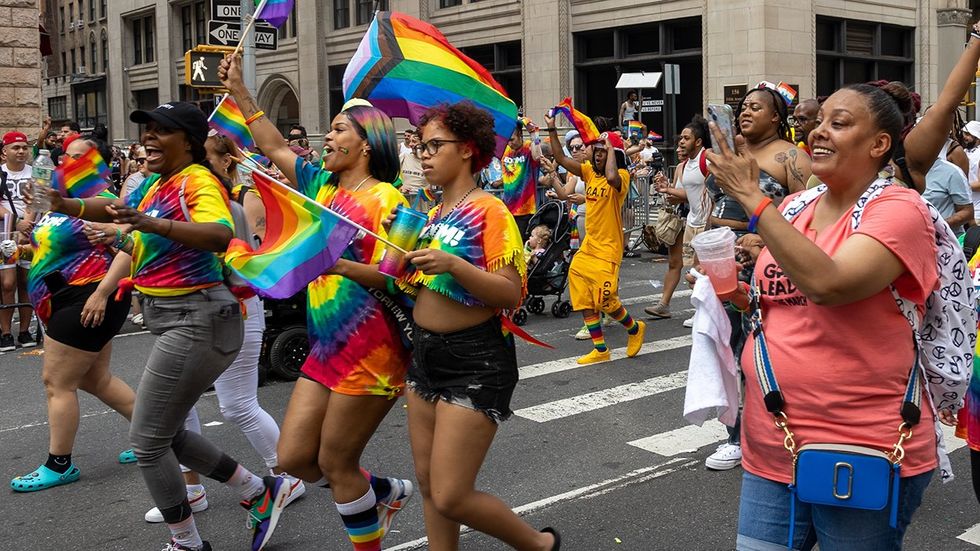 Kirkam/Shutterstock
Kirkam/Shutterstock